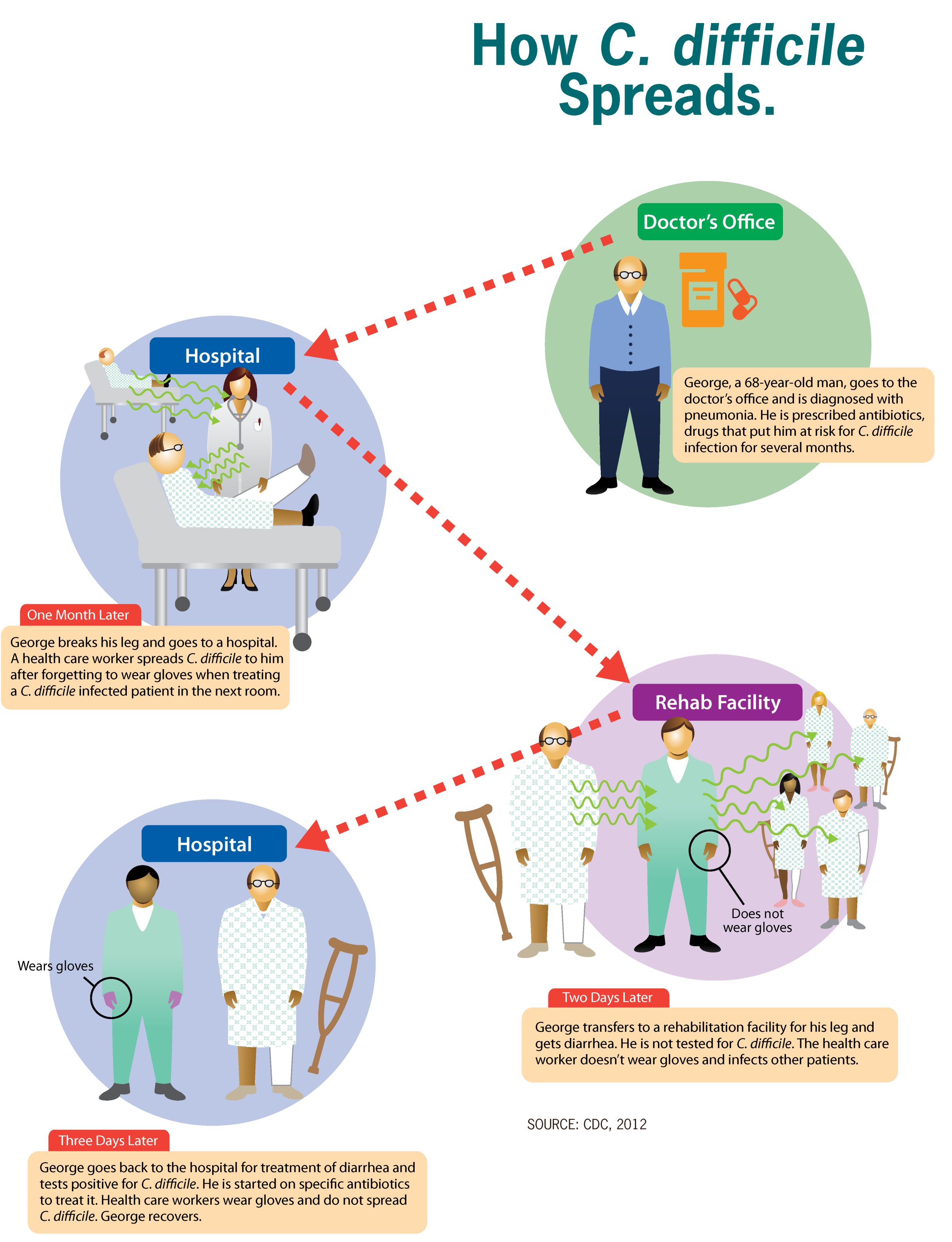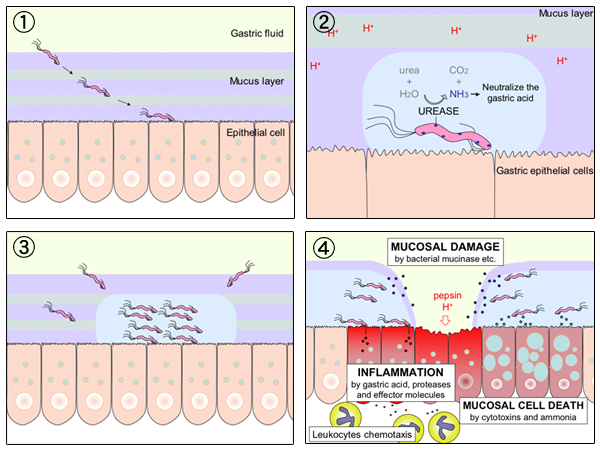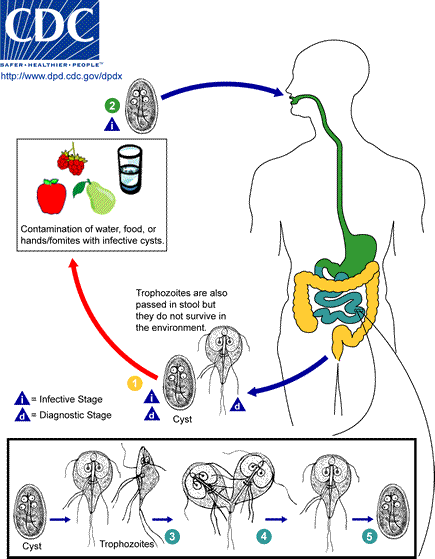|
Pyruvate-ferredoxin Oxidoreductase
In enzymology, a pyruvate synthase () is an enzyme that catalyzes the interconversion of pyruvate and acetyl-CoA. It is also called pyruvate:ferredoxin oxidoreductase (PFOR). The relevant equilibrium catalysed by PFOR is: :pyruvate + CoA + oxidized ferredoxin \rightleftharpoons acetyl-CoA + CO2 + reduced ferredoxin The 3 substrates of this enzyme are pyruvate, CoA, and oxidized ferredoxin, whereas its 3 products are acetyl-CoA, CO2, and reduced ferredoxin. Function This enzyme participates in 4 metabolic pathways: pyruvate metabolism, propanoate metabolism, butanoate metabolism, and reductive carboxylate cycle ( fixation). Its major role is the extraction of reducing equivalents by the decarboxylation. In aerobic organisms, this conversion is catalysed by pyruvate dehydrogenase, also uses thiamine pyrophosphate (TPP) but relies on lipoate as the electron acceptor. Unlike the aerobic enzyme complex PFOR transfers reducing equivalents to flavins or iron-sulflur clusters. T ... [...More Info...] [...Related Items...] OR: [Wikipedia] [Google] [Baidu] |
Enzymology
An enzyme () is a protein that acts as a biological catalyst by accelerating chemical reactions. The molecules upon which enzymes may act are called substrate (chemistry), substrates, and the enzyme converts the substrates into different molecules known as product (chemistry), products. Almost all metabolism, metabolic processes in the cell (biology), cell need enzyme catalysis in order to occur at rates fast enough to sustain life. Metabolic pathways depend upon enzymes to catalyze individual steps. The study of enzymes is called ''enzymology'' and the field of pseudoenzyme, pseudoenzyme analysis recognizes that during evolution, some enzymes have lost the ability to carry out biological catalysis, which is often reflected in their amino acid sequences and unusual 'pseudocatalytic' properties. Enzymes are known to catalyze more than 5,000 biochemical reaction types. Other biocatalysts include Ribozyme, catalytic RNA molecules, also called ribozymes. They are sometimes descr ... [...More Info...] [...Related Items...] OR: [Wikipedia] [Google] [Baidu] |
Oxidoreductase
In biochemistry, an oxidoreductase is an enzyme that catalyzes the transfer of electrons from one molecule, the reductant, also called the electron donor, to another, the oxidant, also called the electron acceptor. This group of enzymes usually utilizes NADP+ or NAD+ as cofactors. Transmembrane oxidoreductases create electron transport chains in bacteria, chloroplasts and mitochondria, including respiratory complexes I, II and III. Some others can associate with biological membranes as peripheral membrane proteins or be anchored to the membranes through a single transmembrane helix. in Membranome database Reactions For e ...[...More Info...] [...Related Items...] OR: [Wikipedia] [Google] [Baidu] |
Free Radical
A daughter category of ''Ageing'', this category deals only with the biological aspects of ageing. Ageing Biogerontology Biological processes Causes of death Cellular processes Gerontology Life extension Metabolic disorders Metabolism Old age Time in life {{CatAutoTOC ... [...More Info...] [...Related Items...] OR: [Wikipedia] [Google] [Baidu] |
Metronidazole
Metronidazole, sold under the brand name Flagyl and Metrogyl among others, is an antibiotic and antiprotozoal medication. It is used either alone or with other antibiotics to treat pelvic inflammatory disease, endocarditis, and bacterial vaginosis. It is effective for dracunculiasis, giardiasis, trichomoniasis, and amebiasis. It is an option for a first episode of mild-to-moderate Clostridioides difficile infection, ''Clostridioides difficile'' colitis if vancomycin or fidaxomicin is unavailable. Metronidazole is available oral administration, orally (by mouth), as a cream or gel, and by slow intravenous infusion (injection into a vein). Common side effects include nausea, Dysgeusia, a metallic taste, Anorexia (symptom), loss of appetite, and headaches. Occasionally seizures or allergies to the medication may occur. Some state that metronidazole should not be used in early pregnancy, while others state doses for trichomoniasis are safe. Metronidazole is generally considered com ... [...More Info...] [...Related Items...] OR: [Wikipedia] [Google] [Baidu] |
Clostridioides Difficile Infection
''Clostridioides difficile'' infection (CDI or C-diff), also known as ''Clostridium difficile'' infection, is a symptomatic infection due to the bacterial spores, spore-forming bacterium ''Clostridioides difficile''. Symptoms include watery diarrhea, fever, nausea, and abdominal pain. It makes up about 20% of cases of antibiotic-associated diarrhea. Antibiotics can contribute to detrimental changes in gut microbiota; specifically, they decrease short-chain fatty acid absorption, which results in osmotic, or watery, diarrhea. Complications may include colitis#Infectious, pseudomembranous colitis, toxic megacolon, perforation of the colon, and sepsis. ''Clostridioides difficile'' infection is spread by bacterial spores found within feces. Surfaces may become contaminated with the spores, with further spread occurring via the hands of healthcare workers. Risk factors for infection include antibiotic or proton pump inhibitor use, hospitalization, hypoalbuminemia, other health pro ... [...More Info...] [...Related Items...] OR: [Wikipedia] [Google] [Baidu] |
Helicobacter Pylori
''Helicobacter pylori'', previously known as ''Campylobacter pylori'', is a gram-negative, Flagellum#bacterial, flagellated, Bacterial cellular morphologies#Helical, helical bacterium. Mutants can have a rod or curved rod shape that exhibits less virulence. Its Helix, helical body (from which the genus name ''Helicobacter'' derives) is thought to have evolved to penetrate the gastric mucosa, mucous lining of the stomach, helped by its flagella, and thereby establish infection. While many earlier reports of an association between bacteria and the ulcers had existed, such as the works of John Lykoudis, it was only in 1983 when the bacterium was formally described for the first time in the English-language Western literature as the causal agent of peptic ulcer, gastric ulcers by Australian physician-scientists Barry Marshall and Robin Warren. In 2005, the pair was awarded the Nobel Prize in Physiology or Medicine for their discovery. Infection of the stomach with ''H. pylori'' doe ... [...More Info...] [...Related Items...] OR: [Wikipedia] [Google] [Baidu] |
Tizoxanide
Tizoxanide, also known as desacetyl-nitazoxanide, is a thiazolide and an antiparasitic agent that occurs as a metabolite of nitazoxanide Nitazoxanide, sold under the brand name Alinia among others, is a broad-spectrum antiparasitic and broad-spectrum antiviral medication that is used in medicine for the treatment of various helminthic, protozoal, and viral infections. It is ... in humans through hydrolysis. Tizoxanide may undergo further metabolism via conjugation into tizoxanide glucuronide. References Nitrothiazoles Salicylamides Human drug metabolites {{Organic-compound-stub ... [...More Info...] [...Related Items...] OR: [Wikipedia] [Google] [Baidu] |
Cryptosporidiosis
Cryptosporidiosis, sometimes informally called crypto, is a parasitic disease caused by ''Cryptosporidium'', a genus of protozoan parasites in the phylum Apicomplexa. It affects the ileum, distal small intestine and can affect the respiratory tract in both immunocompetent (i.e., individuals with a normal functioning immune system) and immunocompromised (e.g., persons with HIV/AIDS or autoimmune disorders) individuals, resulting in diarrhea, watery diarrhea with or without an unexplained cough. In immunosuppressed individuals, the symptoms are particularly severe and can be fatal. It is primarily spread through the fecal-oral route, often through contaminated water; recent evidence suggests that it can also be transmitted via fomites contaminated with respiratory secretions. ''Cryptosporidium'' is commonly isolated in HIV-positive patients presenting with diarrhea. The organism was first described in 1907 by Tyzzer, who recognised it was a coccidian. On January 8, 2025, a group o ... [...More Info...] [...Related Items...] OR: [Wikipedia] [Google] [Baidu] |
Giardiasis
Giardiasis is a parasitic disease caused by the protist enteropathogen ''Giardia duodenalis'' (also known as ''G. lamblia'' and ''G. intestinalis''), especially common in children and travellers. Infected individuals experience steatorrhea, a type diarrhea with fatty sticky stool; abdominal pain, weight loss, and weakness due to dehydration and malabsorption. Less common symptoms include skin rash, hives and joint swelling. Symptoms usually begin one to three weeks after exposure and, without treatment, may last two to six weeks or longer. Some infected individuals experience mild or no symptoms and remain infection carries for a long time. Giardiasis spreads via feca-oral route, when ''Giardia'' cysts excreted with faeces contaminate food or water that is later consumed orally. The disease can also spread between people and between people and animals, mainly via pets. Cysts may survive for nearly three months in cold water. The microscopic identification of ''Giardia'' an ... [...More Info...] [...Related Items...] OR: [Wikipedia] [Google] [Baidu] |
Broad-spectrum Antiparasitic
Antiparasitics are a class of medications which are indicated for the treatment of parasitic diseases, such as those caused by helminths, amoeba, ectoparasites, parasitic fungi, and protozoa, among others. Antiparasitics target the parasitic agents of the infections by destroying them or inhibiting their growth; they are usually effective against a limited number of parasites within a particular class. Antiparasitics are one of the antimicrobial drugs which include antibiotics that target bacteria, and antifungals that target fungi. They may be administered orally, intravenously or topically. Overuse or misuse of antiparasitics can lead to the development of antimicrobial resistance. Broad-spectrum antiparasitics, analogous to broad-spectrum antibiotics for bacteria, are antiparasitic drugs with efficacy in treating a wide range of parasitic infections caused by parasites from different classes. Types Broad-spectrum * Nitazoxanide Antiprotozoals * Melarsoprol (for treatment ... [...More Info...] [...Related Items...] OR: [Wikipedia] [Google] [Baidu] |
Nitazoxanide
Nitazoxanide, sold under the brand name Alinia among others, is a broad-spectrum antiparasitic and broad-spectrum antiviral medication that is used in medicine for the treatment of various helminthic, protozoal, and viral infections. It is indicated for the treatment of infection by '' Cryptosporidium parvum'' and '' Giardia lamblia'' in immunocompetent individuals and has been repurposed for the treatment of influenza. Nitazoxanide has also been shown to have ''in vitro'' antiparasitic activity and clinical treatment efficacy for infections caused by other protozoa and helminths; evidence suggested that it possesses efficacy in treating a number of viral infections as well. Chemically, nitazoxanide is the prototype member of the thiazolides, a class of drugs which are synthetic nitrothiazolyl- salicylamide derivatives with antiparasitic and antiviral activity. Tizoxanide, an active metabolite of nitazoxanide in humans, is also an antiparasitic drug of the thiazolid ... [...More Info...] [...Related Items...] OR: [Wikipedia] [Google] [Baidu] |




